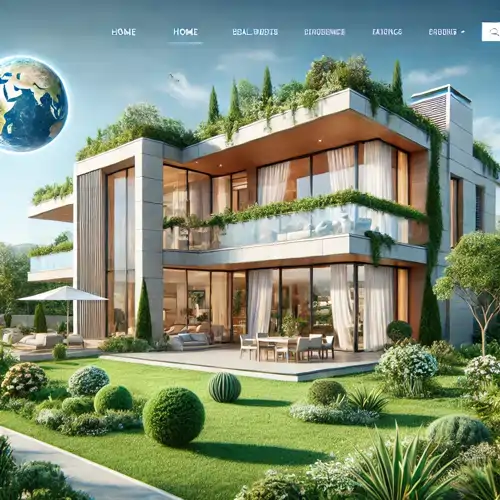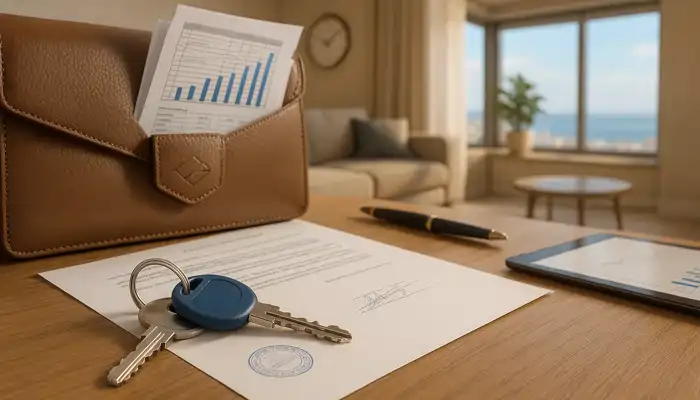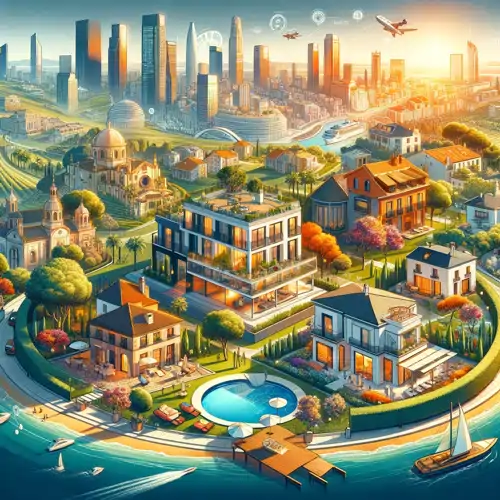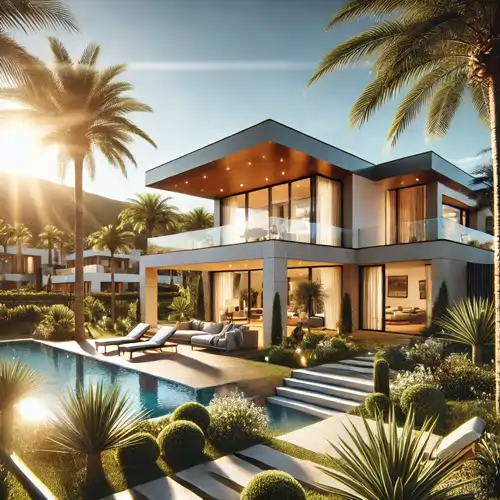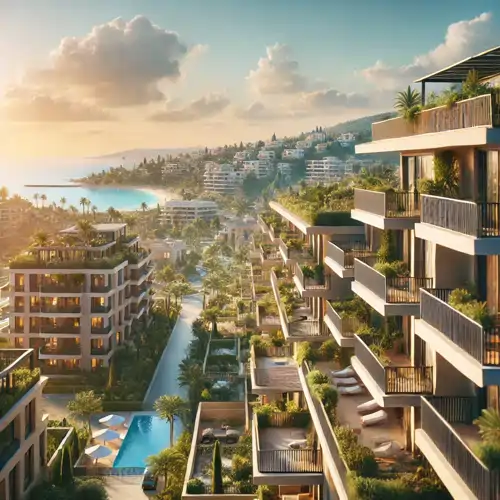Features of the Spanish Lifestyle
The Spanish are known for their tolerance, hospitality, and love of social interaction. These values have a significant impact on the choice of property, making the preference for apartment buildings and housing with common spaces popular among the population.
Housing Preferences of Spaniards
According to studies, seven out of ten Spaniards prefer to live away from the city center, choosing the suburbs or the countryside. The main characteristics of the desired housing include environmental sustainability, the presence of terraces and gardens, as well as facilities for electric vehicles.
Location
- Outskirts of the city: 34.1%
- Countryside or mountains: 37.5%
House Characteristics
- Environmental sustainability: In modern new buildings, special attention is paid to energy efficiency.
- Terraces and gardens
- Parking and charging stations for electric vehicles
Types of Housing in Spain
Single-family houses
Single-family houses, such as chalets, bungalows, and townhouses, are popular due to their spacious interiors and outdoor spaces. In rural areas, houses surrounded by nature are preferred. For those interested in buying such housing, it is useful to conduct a property inspection before purchase.
Multi-family houses
Apartment buildings, including triplexes and high-rise buildings, are widespread, especially in densely populated cities. These buildings are often equipped with elevators and common areas for residents. For residents of such buildings, regular housing condition checks are important.
Features of Spanish Real Estate
Size and layout
The size of houses varies depending on the location. In urban centers, apartments are smaller, while in the suburbs and in the countryside they are significantly larger.
- Urban centers: 45–103 m²
- Suburbs: 103–147 m²
- Outskirts: 103–191 m²
- Single-family houses: 191–638 m²
Number of rooms
- 3-6 rooms: 20,392,400 properties
- 7 or more rooms: more than 4 million houses
- Attic lofts and basements: almost 3 million houses
Amenities and maintenance
Most houses have utility services paid for by the residents. This includes maintenance of common areas, elevators, and swimming pools. It is also possible to arrange for utilities to be transferred to the new owner when buying a property.
Spanish Style in the Interior
The Spanish interior is characterized by massive furniture made of natural materials, light walls, and a large number of ornaments. Modern trends include minimalism and futurism, while maintaining traditional elements.
- Massive furniture
- Light or bright walls
- Ornaments and mosaics
- Large panoramic windows
- Tile, ceramic, or marble floors
Spanish Real Estate Market
The Spanish real estate market is diverse, offering housing for every taste and budget. Prices for apartments near the sea vary depending on the region, the condition of the housing, and additional amenities. For foreign buyers, it may be useful to obtain a golden visa, which gives the right to reside in the country.
Property prices near the sea
Prices depend on the location, condition, and type of housing. Resort areas attract foreign investors, which affects the price increase.
Disadvantages of new buildings
New buildings may face problems with construction quality, lack of traditional elements, and high cost of additional amenities. To check them, you can use property assessment services.
Conclusion
The Spanish lifestyle significantly influences the choice of property, emphasizing comfort, sustainability, and social amenities. When choosing a home, it is important to consider the location, type of house, and compliance with modern trends, while maintaining traditional values.
